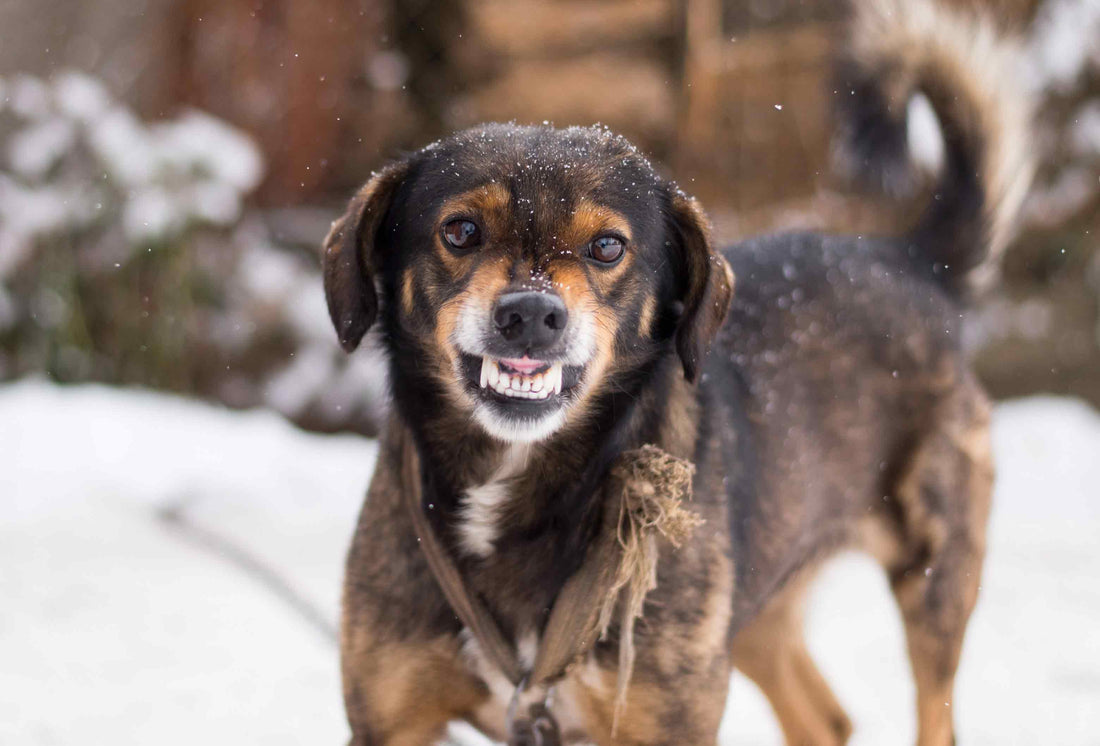
Protect Your Babies from Rabies
September 28th is recognized as World Rabies Day, a day that is meant to raise awareness about the threat that rabies still poses and the constant raging battle against it. As a pet owner, it is important to understand the consequences that the deadly disease holds and how it can be prevented for humans and animals alike.

The Dangers of Rabies
First, let’s begin with the facts. Rabies is a preventable viral disease that is transmitted through the bite of an infected animal. While all animals can be susceptible to the rabies virus, the most common animals to transmit the disease have been wild animals such as raccoons, skunks, bats, and foxes. Once an infected animal bites a person, the hosts’ infectious saliva enters into the person’s blood and slowly infects them. Once introduced into the body, the rabies virus will slowly infect the central nervous system and attack the brain, ultimately resulting in death. Early symptoms may not be as obvious to point to rabies, such as a fever, headache, or weakness. However, they can grow more troubling with insomnia, paralysis, hallucinations, or even hydrophobia. Infected patients are only expected to live about seven days after symptoms surface. Rabies is still ever present, affecting every continent except Antarctica and killing over 55,000 people each year.
Rabies is Preventable
The reality of rabies is most definitely terrifying, but it should be relieving to know that rabies is a hundred-percent preventable disease for humans. In the United States alone, such cases are now rare and are mostly limited to wildlife encounters due to recent advancements in vaccinations. There are two types of vaccinations that someone can be administered to prevent rabies, being pre-exposure or post-exposure. Pre-exposure vaccinations are given to veterinarians or other people who come in frequent contact with animals who may have the disease. Everyone else should receive a post-exposure vaccination if they come in contact with a potentially rabid animal for safety reasons.
Rabies Vaccines
As for our furry companions, it is the responsibility of a pet owner to protect dogs and cats from contracting rabies. There are rabies vaccinations available for animals as well, and it is important to meet with a veterinarian and keep the vaccinations up-to-date to ensure that your pet will never have to undergo mandatory quarantine. After all, it is the law in almost all states to have a pet vaccinated and a record of said vaccination at hand if need be. Vaccinating seventy percent of dogs in an area has proven to break the rabies transmission cycle in high-risk areas. Keeping track of your pet’s whereabouts and discouraging contact with wildlife also helps know that they are not interacting with any suspicious characters. In the same vein, feeding your pets indoors and locking neighboring trash cans can prevent wildlife and stray animals from interacting with your pet. If your dog comes in contact with any wild animal, even if no visible bites are present, a trip to the veterinarian may be in order to get a rabies booster for them. To prevent the spread of disease, it is vital to raise public awareness of a dog’s body language. Understanding this can prevent a person from getting bitten. Forty percent of rabies victims are children, as they do not perceive the threats, so teaching them how to protect themselves is necessary.

Modern vaccinations and personal wariness have helped prevent so many deaths in recent years, but the fight is still not over. Every animal lover is needed to raise awareness of this threat and every hand and paw is necessary. With action, global elimination of the rabies vaccine can be achieved and humans and animals can live to see a bright and healthy future.






